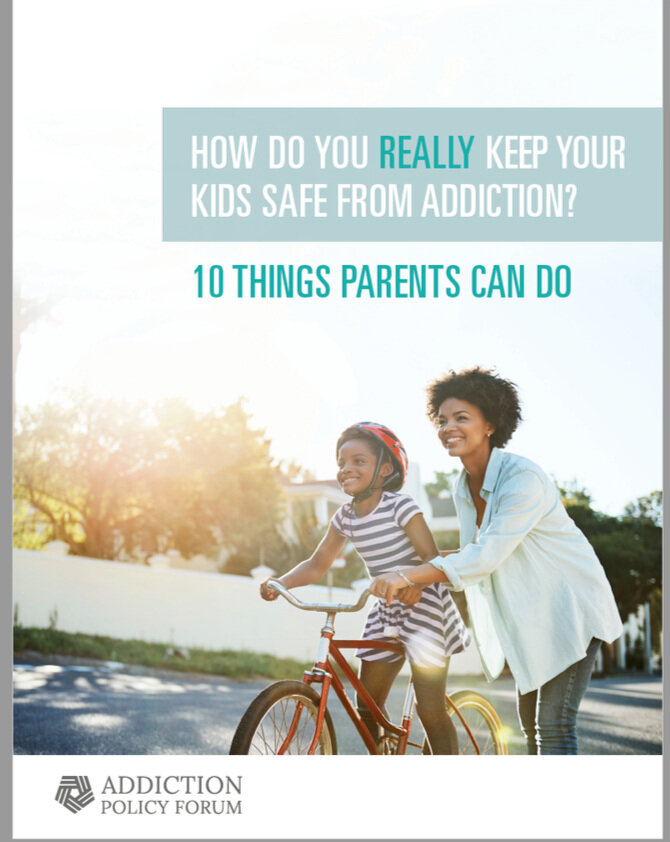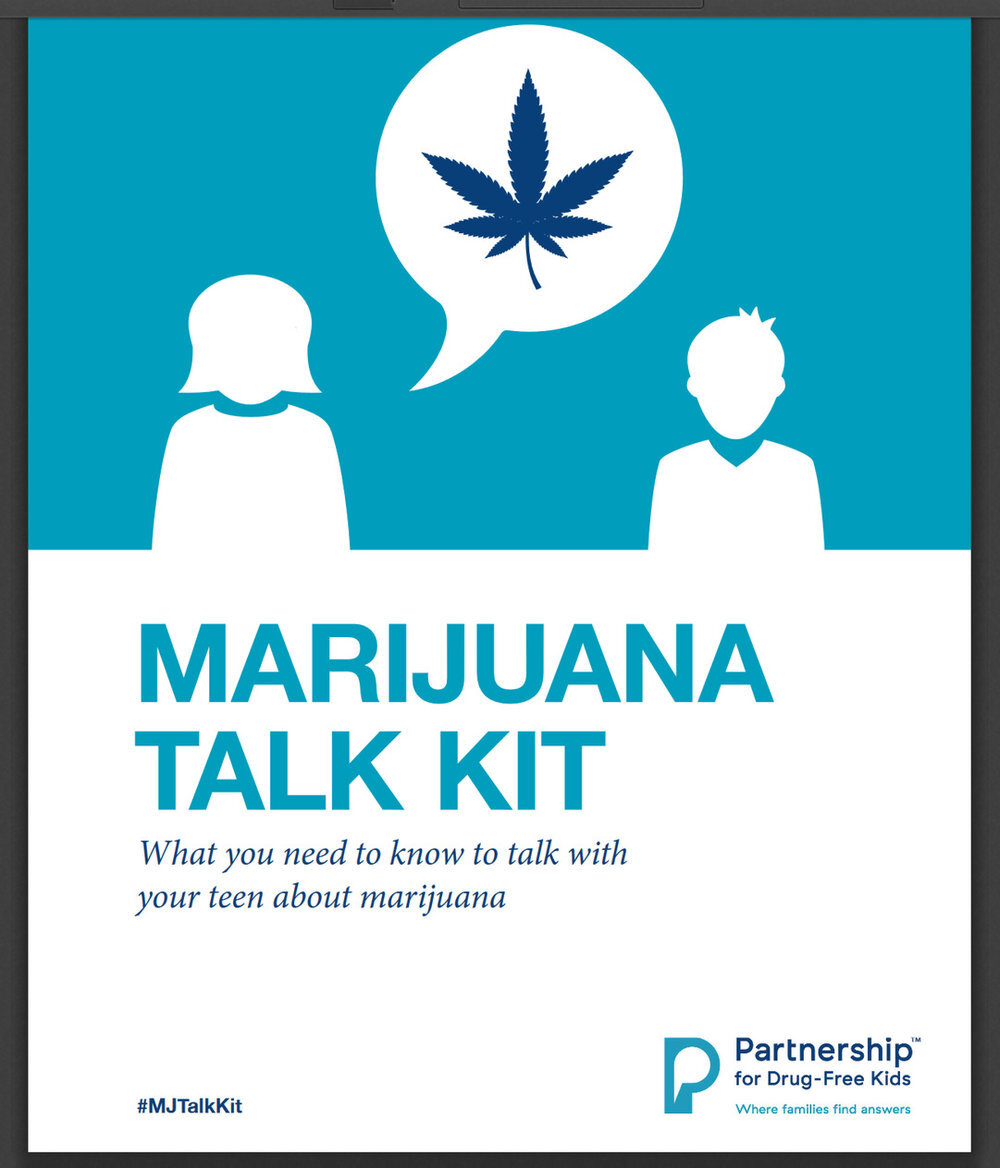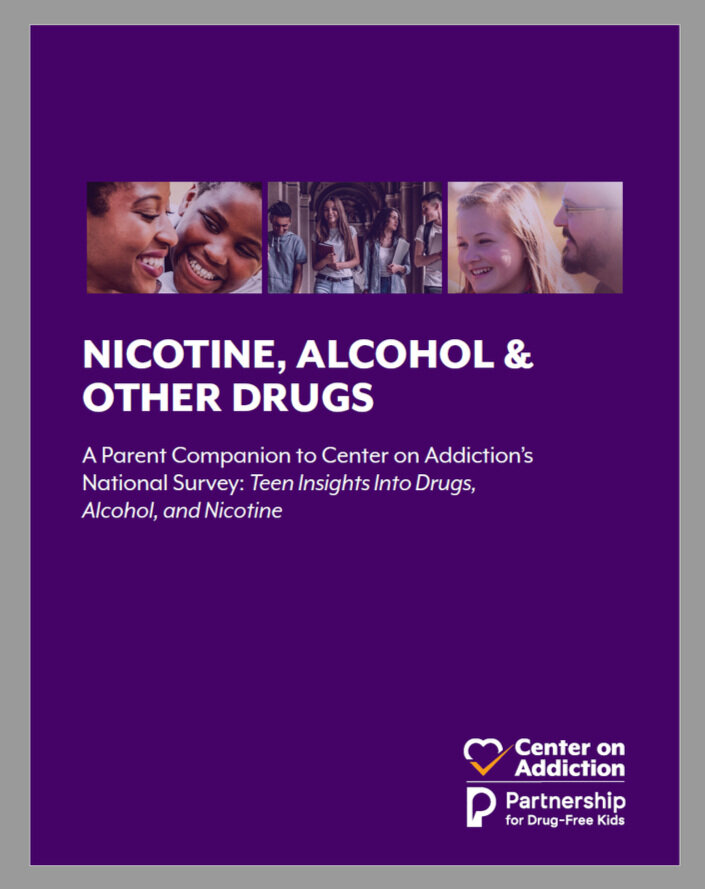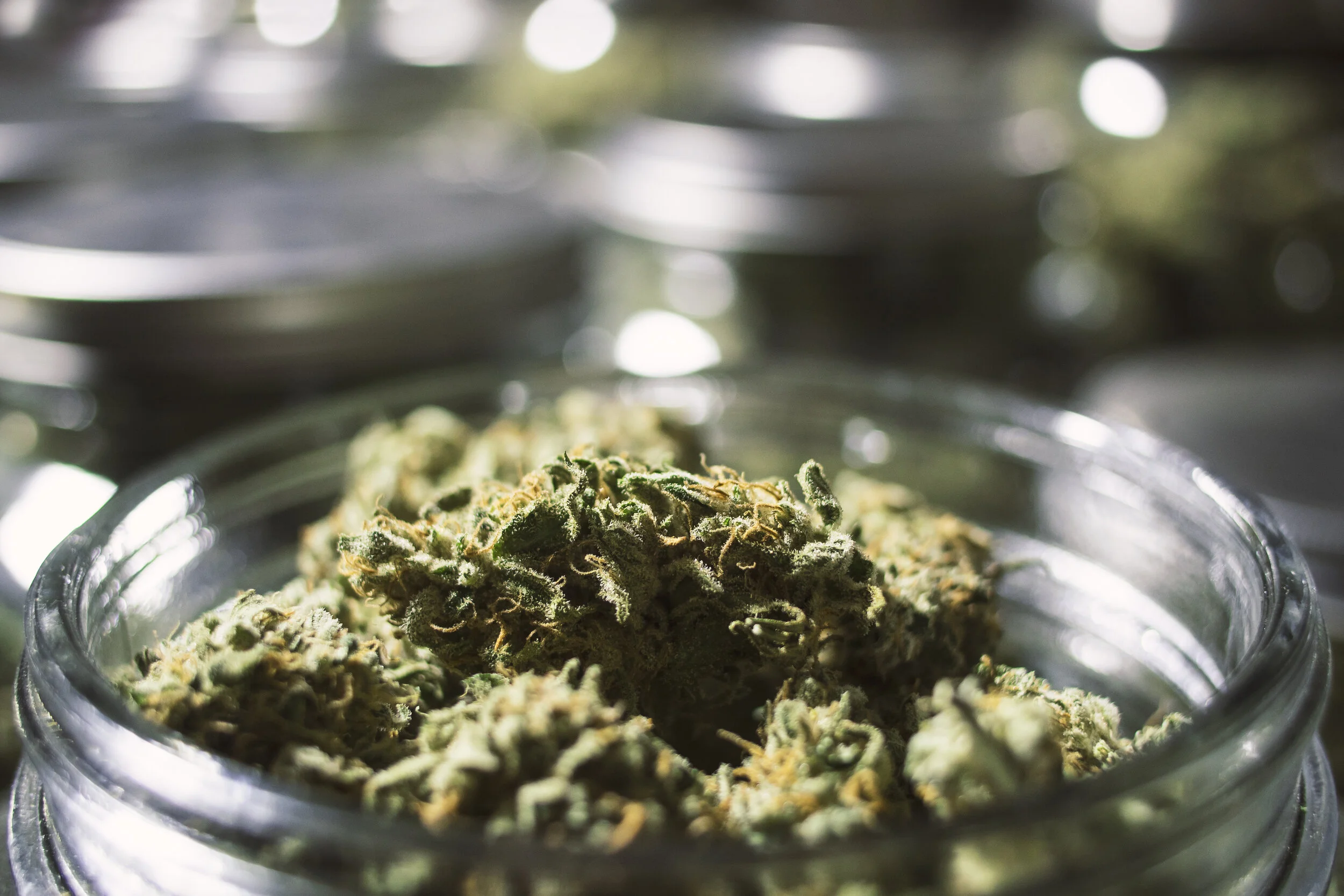Things to know when talking with your teens
Every parent is the first line of defense against youth drug and alcohol use and they become the first responders if their child begins to use. There is a lot to know in these roles, however, most parents are ill-equipped. The good news is there is a tremendous amount of scientific understanding today as well as behavioral and communication strategies that can help. Much of it is here and throughout the Parent Movement 2.0 website.
Tools and Guides
Excellent resources for starting and continuing a dialog with your teenagers. Each image opens a separate PDF document.
Parenting Wisdom
We talk to a lot of parents and have heard many helpful tips, tactics and techniques
Webinar: Marijuana Education and a Perspective on Teen Substance Use for Parents - Learning Objectives:
Real and useful understanding of marijuana today, its effect on brain function and overall health, forms, and potencies.
21st century basics around youth drug and alcohol use that most parents do not know.
Specific strategies for middle and high school parents who will likely encounter these topics.
Parent Movement 2.0 Newsletter Articles
National Resources
Additional resources to help speak with your teenagers about substance dependency.
Important things parents need to know about marijuana:
Marijuana is addictive – NIDA (National Institute on Drug Abuse) and the US Surgeon General’ s 2016 Comprehensive Report on Addiction in America finds about 30% of marijuana users exhibit a Cannabis Use Disorder. Teens in treatment for addiction to marijuana today out-pace treatment for other addictions.
Teenage brains are different from the adult brain neurologically and can be more easily injured by THC. That injury can lead to long term damage.
THC is fat soluble, which means it stays and is detectable in the body for 2 - 3 weeks after use - this is a low level of impairment.
Marijuana is NOT better than alcohol for your kids.
Inhaling marijuana smoke can injure lungs in the same way tobacco smoke does.
Marijuana use impairs normal driving function and should be avoided - traffic fatalities due to marijuana increase substantially in states that legalize for recreational use.
Marijuana use goes up in all age groups including teens (12 - 17) and young adults (18 - 25) when legalized.
Cities & counties typically can retain some local control to restrict or ban commercial pot operations within it’s boundaries when legalized.
Regarding marijuana, 10 states plus Washington DC allow recreational use of marijuana. If you live in one of these states, know the following:
Now, people 21 and older can buy, sell, grow and share marijuana for purposes of just getting high.
Marijuana visibility will increase in your communities as pot stores open, mobile delivery begins, home grows continue to mature and more people try marijuana for the first time. This increased access along with product advertising and promotion - now allowed - means kids will be more exposed to marijuana than before legalization.
The perception of harm relative to marijuana will decrease. This happens for the entire population, but can be particularly harmful for teens and young adults.
All of this, changes the calculus of drug use in your community - what was an individual or small group decision to use marijuana for getting “high,” is now replaced by media encouragement to use marijuana for “promised benefit and/or lifestyle.”
All these perceptual changes occur almost immediately following recreational legalization.
All but 4 states allow some form of medical marijuana, medical marijuana laws increase access to pot and reduce perception of harm as well, but typically not at the same velocity that recreational laws do.
Today’s pot is NOT the pot of a parent’s teenage years – today is a new era in Cannabis:
Potency in marijuana is defined by “THC levels.” THC ( Delta 9 tetrahydrocannabinol) is the cannabinoid in marijuana that intoxicates a user and addicts. As recently as the mid-1990s marijuana contained around 3% THC. Today, one does not find marijuana in plant form with much less than 18% THC.
Forms of marijuana have increased and modes of ingestion have changed:
Plant form – the marijuana you roll into a “ joint” or smoke in a “bong” is still widely available. It is officially called “flower” or “herb” and contains average THC levels in the mid-20% range.
THC concentrate in Liquid form – THC is extracted from the plant body. Liquid forms are used in Electronic Cigarettes or Vaporizers a.k.a. vapes. A user is “vaping” when using these devices. The aerosol created by these devices does not have much smell. Liquid nicotine and liquid flavorings can also be used in vape devices. THC levels vary widely in vape liquids. Some are labeled; most are not. ELiquids with potency as high as 85% THC are available in the legal market.
THC concentrate in Solid form – Again, THC is extracted from the plant body but stays in a sticky/gooey form. This material is also known as dabs, wax, shatter or budder. This compound/substance is generally smoked via a bong-like device, but vape pens that handle dabs/wax can be found in the market place. A user is “dabbing” when consuming this way. Dabs are very potent - 95+% THC.
Edibles – Every kind of food or drink we normally consume can be infused with these THC concentrates, and they are. Potency varies greatly and serving size can be difficult to manage, i. e. a small portion of a cookie, can be one serving. Eating an entire cookie can result in ingesting large amounts of THC.





















